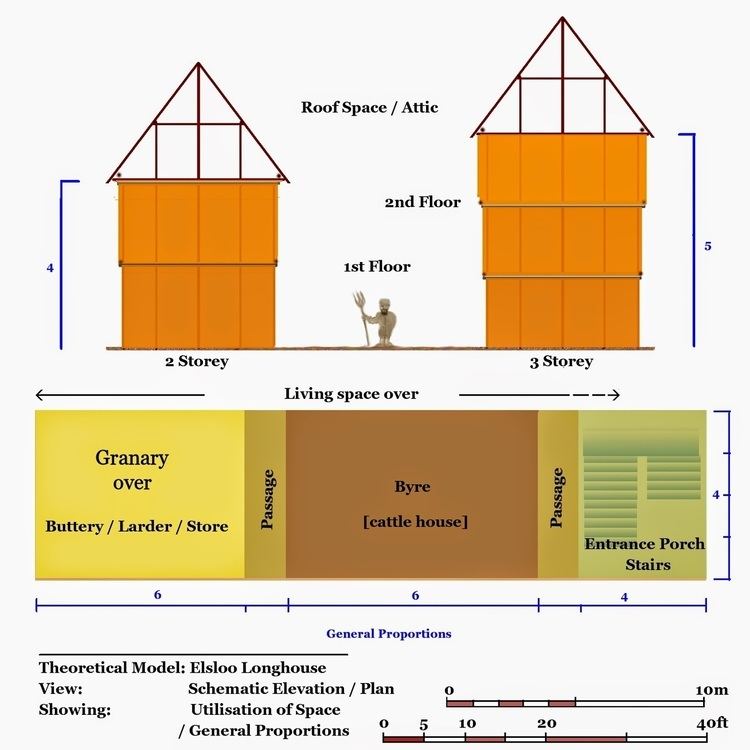 | ||
The Neolithic long house was a long, narrow timber dwelling built by the first farmers in Europe beginning at least as early as the period 5000 to 6000 BC. They first appeared in central Europe in connection with the early Neolithic cultures such as the Linear Pottery culture or Cucuteni culture. This type of architecture represents the largest free-standing structure in the world in its era. Long houses are present across numerous regions (like Cascina a corte of northern Italy) and time periods in the archaeological record.
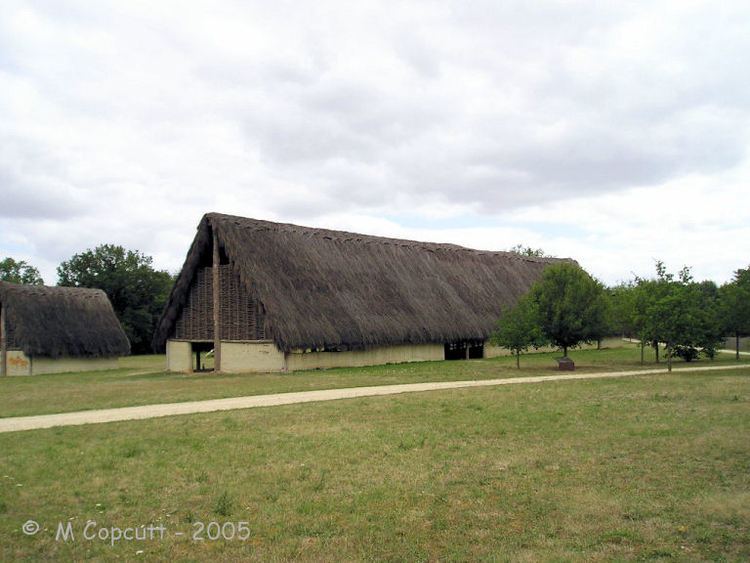
The long house was a rectangular structure, 5.5 to 7.0 m wide, of variable length, around 20 m up to 45 m. Outer walls were wattle-and-daub, sometimes alternating with split logs, with pitched, thatched roofs, supported by rows of poles, three across. The exterior walls would have been quite short beneath the large roof. They were solid and massive, oak posts being preferred. Clay for the daub was dug from pits near the house, which were then used for storage. Extra posts at one end may indicate a partial second story. Some Linear Pottery culture houses were occupied for as long as 30 years.
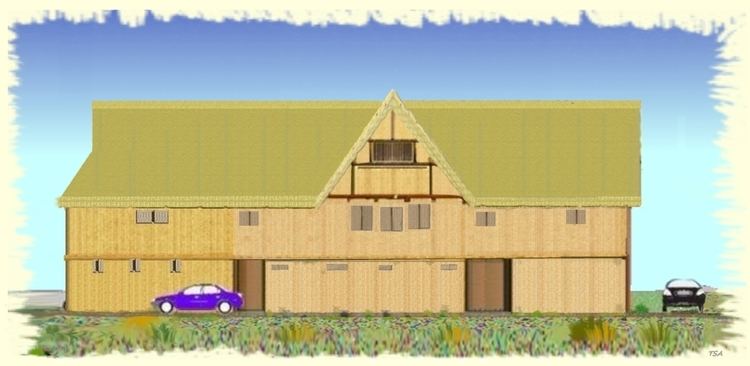
It is thought that these houses had no windows and only one doorway. The door was located at one end of the house. Internally, the house had one or two partitions creating up to three areas. Interpretations of the use of these areas vary. Working activities might be carried out in the better lit door end, the middle used for sleeping and eating and the end farthest from the door could have been used for grain storage. According to other view, the interior was divided in areas for sleeping, common life and a fenced enclosure at the back end for keeping animals.
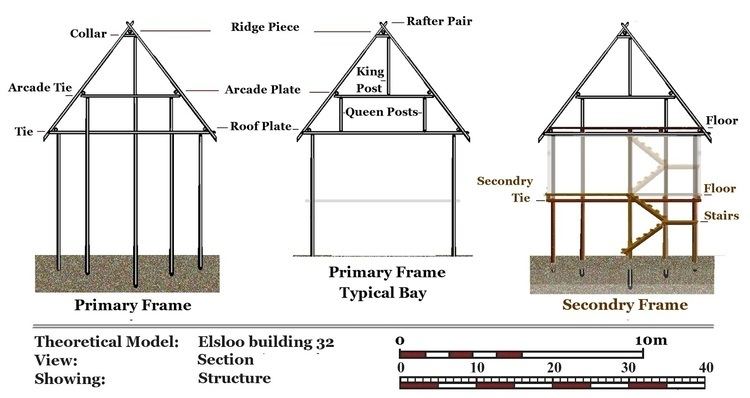
Twenty or thirty people could have lived in each house, with villages composed typically of five to eight houses. Exceptionally, nearly 30 longhouses in a fortified settlement (dating to 4300 BC, i.e., Late Linear Pottery culture) were revealed by excavations at Oslonki in Poland.

Examples
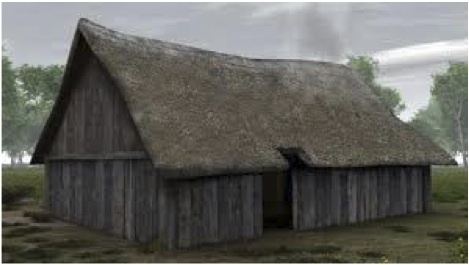
The Balbridie timber house in what is present day Aberdeenshire, Scotland offers an outstanding example of these early timber structures. Archaeological excavations have revealed extant timber postholes that delineate the support pieces of the original structure. This site is strategically located in a fertile agricultural area along the River Dee very close to an ancient strategic ford of the river and also near an ancient timber trackway known as the Elsick Mounth.
